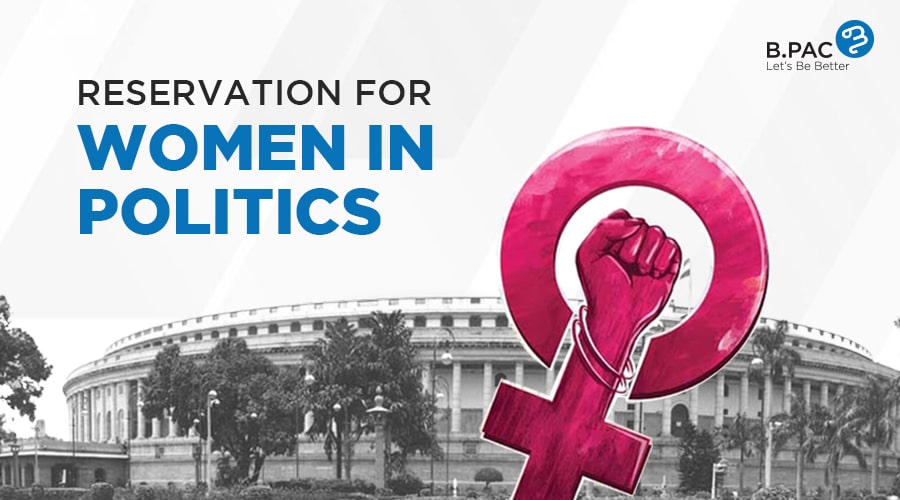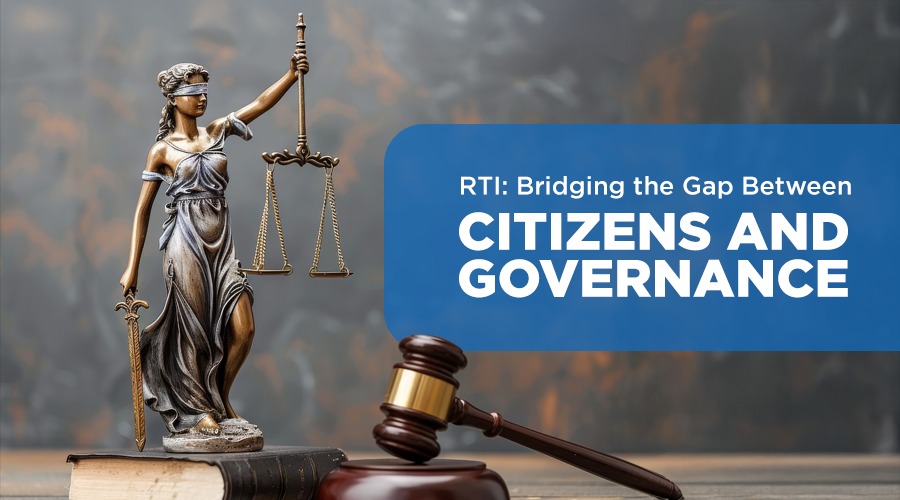Leadership in the higher echelons of a government is a reflection of the state of its citizens with regards to gender composition, justice, broad-mindedness, and impartiality in various government institutions. Equal number of women in politics can bring fresh perspectives on how to eliminate gender-based violence, improve childcare, pensions, gender-equality laws, and electoral reforms. Making it easier for more women to enter the political, economic, and civic spheres is an investment, which can result in societies that are more just, equitable, and peaceful. The reservation of seats for women in politics alters the social structure of a nation.
Women’s political participation at Global Level
Equal participation and leadership of women in politics are vital to achieving sustainable development goals by 2030. However, the data depicts that women are underrepresented in entire phases of decision-making globally and that acquiring gender equality in politics is far off.
Executive Government Positions Held by Women
- According to UN Women, there are presently 34 women serving as Heads of State and Government in 31 different countries. At the current pace, it will take another 130 years to achieve gender equality in the highest levels of authority.
- Only 17 nations boast of a women Head of State, and 19 countries have a women Head of Government.
- In the case of government ministers, women’s share is only 22.8%, and only 13 nations have attained 50% of women in cabinets.
- Globally, women’s most commonly held positions involve family, children, youth, disabled, social affairs, natural resources, employment, health, women affairs/gender equality.
Women in National Parliaments
- Only 6 nations boast 50% or more female presence in their parliaments in single or lower houses, including Rwanda with 61%, Cuba with 53%, Nicaragua with 51%, Mexico with 50%, and the United Arab Emirates with 50 %.
- 23 nations have reached 40%, involving 13 countries in Europe, 3 in Latin America, 6 in Africa, 1 in Asia.
- As per UN statistics, gender equality in national legislative bodies at the world level will not be achieved globally before 2063.
- Women in Latin America and the Caribbean hold more than 30% of parliament seats. In sub-Saharan Africa, women make up 26% of seats. Less than 20% of women are parliament members in Central Asia, Southern Asia, and Oceania.
 Women in national parliaments in different regions of world (Source: excellup.com)
Women in national parliaments in different regions of world (Source: excellup.com)
Women’s Political Participation in India
India is the world’s biggest parliamentary democracy and one of the most resilient nations. Since India’s freedom, the proportion of women in the parliament has increased which is a crucial indicator of how well the nation is doing at eradicating gender disparities.
However, there are more milestones to achieve. Women participate in voting, public offices, and political parties at lower levels than men. To combat gender inequality in politics in India, the government has incorporated reservations for seats in local governments.
Women are actively voting in Indian elections, even though the voter turnout is not at par with that of men. But, in the context of the representation of women in parliament, India ranks 20th from the bottom.
Currently, UP and West Bengal have the highest women representation in Lok Sabha. Goa and Manipur fielded the highest proportion of women candidates in 2022 state elections.
As Political Workers
Center for Study of Developing Societies (CSDS) depicts that the participation of women in political activities like joining election rallies, door-to-door campaigns, and collection of funds has increased in the last three decades. Increased education, awareness, and exposure to public life have enhanced women’s mobilisation in political affairs.
 Challenges Faced by Women in Politics in India
Challenges Faced by Women in Politics in India
Caste and Politics
Most of the political parties in India still keep the caste calculation in mind while fielding a candidate from a specific constituency. By asserting its identity in several ways, every caste group tries to get a bigger pie of political power in India. Divisions concerning caste result in social conflict and violence, pushing backwards the female candidates due to male dominance.
Discrimination
Discrimination and gender inequality have been widely spread in India even after its abolition by the constitution of India. Discriminatory attitudes result in limitations for Indian women involving minimal access to information and resources. Women lack leadership experience due to their maximal involvement in household duties. Unlike men, women are not entertained to participate in social activities and gain leadership skills.
Illiteracy
As per data, in India illiteracy amongst women is much higher as compared to men. Illiteracy limits the entry of women into politics as they fail to understand the political system and issues due to a lack of knowledge.
Importance of Reservation for Women in Politics
Reservation of seats for women in politics paves a path for improved participation of women in politics, which is a fundamental prerequisite for gender equality. This approach not only ensures representation but also helps to break down the barriers that prevent women from entering politics. Reserved seats for women in politics send a clear message that women’s voices and opinions matter and that they are welcome in the political arena.
Increased number and involvement of women in decision-making positions can give birth to political accountability. It not only improves decision-making processes, but accounts to a responsive, equitable, inclusive, and free from barriers of gender inequality. Strengthening of women is a vital factor for achieving sustainable financial development, social development, and ecological maintainability. Women play an essential role in ecological administration and development and paving the path for a sustainable and balanced society.
Besides, remarkable uniformity amongst men and women is, in addition, a precondition for sustainable individuals focused development of a nation.
Women Reservation Bill
The Constitution (108th Amendment) Bill, a bill approved by the Indian Parliament on March 9, 2010, amends the Indian Constitution to reserve one-third of all seats in the Lok Sabha, the country’s lower house of parliament, and in all state legislative assemblies for women. The Women’s Reservation Bill proposes reserving a minimum of 33% of seats for women in Parliament and State Legislative Assemblies. On March 9, 2010, the Rajya House approved the legislation. The measure, however, was never put to a vote in the Lok Sabha, which caused it to lapse twice, in 2014 and 2019.
On the local level, the BBMP introduced the Women Reservation Act in 2011 to promote gender equality and increase women’s participation in local governance. Historically, women have been underrepresented in local governance bodies in India, including the BBMP Council. The introduction of the Women Reservation Act was a step towards addressing this issue by mandating that 50% of the seats in the BBMP Council be reserved for women candidates. This act aimed to provide women with greater opportunities to participate in decision-making processes and to ensure that their voices are heard in matters that affect their communities.
Conclusion:
Reservation of seats for women and their participation in politics assist in advancing gender equality. Research indicates that as more women are elected to public administration and politics, there is a consequent increase in policy-making that further foregrounds quality of life while reflecting the priorities of families, women, ethnic and racial minorities.
In an attempt to meet worldwide development goals while fabricating strong, sustainable democracies, women must be motivated, strengthened, and supported to become strong political and community leaders. To overcome the issue of gender disparity, women’s empowerment is highly recommended that can be performed bridging the gaps in education, gender division in labour, and addressing biassed attitudes.
References
- “Constitution of India|Legislative Department | Ministry of Law and Justice | GoI”. legislative.gov.in. Retrieved 2023-02-20.
- Inter-Parliamentary Union and UN Women (2021). Women in politics: 2021.
- Inter-Parliamentary Union. Women in national parliaments, as of 1 January 2022
- UN Women calculation based on information provided by Permanent Missions to the United Nations. Only elected Heads of State have been taken into account.
- UN Women, Women in Local Government. Data as of 1 January 2022, retrieved 19 September 2022.
- United Nations Development Programme. “Gender Inequality Index“. Human Development Indices: A statistical update. 2022.





